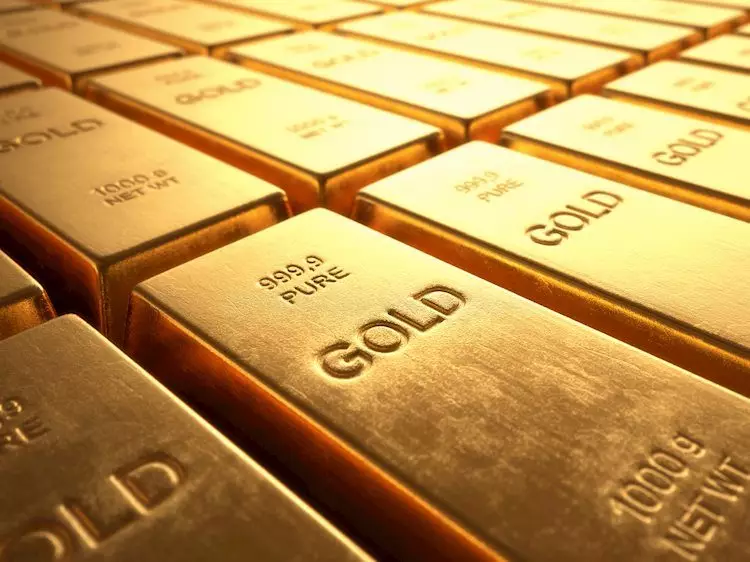Gold prices have been on a decline, reaching around $2,405 in Monday’s early Asian session. The unexpected acceleration of the US Producer Price Index (PPI) in June, reaching its highest rate since March 2023, has contributed to this downward trend. The rise in wholesale price inflation in the United States has put pressure on the precious metal. As traders eagerly anticipate key economic indicators, such as the Chinese Gross Domestic Product (GDP) for the second quarter, the US NY Empire State Manufacturing Index for July, and a speech by Federal Reserve’s (Fed) Mary Daly, the future direction of gold prices remains uncertain.
The current market sentiment is leaning towards expectations of Federal Reserve rate cuts, which could potentially limit the downward movement of gold prices. Speculation that the Fed might begin its easing cycle earlier than previously anticipated, possibly as soon as September, has led to increased bets on a 25 basis points cut. This projection is reflected in the data from the CME Fedwatch Tool, which shows nearly 80% odds of a rate cut in September. Lower interest rates typically make gold more appealing as an investment, since it is a non-interest-bearing asset.
Global Political Uncertainty and Safe-Haven Flows
Aside from economic indicators and monetary policy expectations, global political uncertainty and geopolitical tensions can also impact gold prices. Recent events, such as the reported assassination attempt on former President Donald Trump, highlight the potential for unforeseen developments that could drive safe-haven flows towards precious metals like gold. During times of heightened geopolitical instability, investors may seek refuge in gold as a store of value.
Historical Role and Significance of Gold
Gold holds a significant place in human history, serving as a store of value and a medium of exchange. While its ornamental use in jewelry is well-known, gold is also valued as a safe-haven asset during turbulent times. Its independence from any specific issuer or government makes it a hedge against inflation and depreciating currencies. Central banks, recognizing the importance of gold reserves, have been increasing their holdings to enhance their perceived economic strength and stability.
Gold prices exhibit an inverse correlation with the US Dollar and US Treasuries, which are considered major reserve and safe-haven assets. When the dollar weakens, gold prices tend to rise, allowing investors to diversify their portfolios during economic uncertainties. Additionally, gold tends to perform well when risk assets experience sell-offs, as investors seek the stability of precious metals. The price of gold is influenced by a multitude of factors, including geopolitical events, economic conditions, and fluctuations in interest rates.
As a dollar-denominated asset, gold prices are significantly influenced by the performance of the US Dollar. A strong dollar often exerts downward pressure on gold prices, while a weaker dollar tends to boost the value of gold. Given the current economic environment and market conditions, ongoing developments in US economic data, geopolitical events, and monetary policies will continue to shape the trajectory of gold prices in the near future.


Leave a Reply